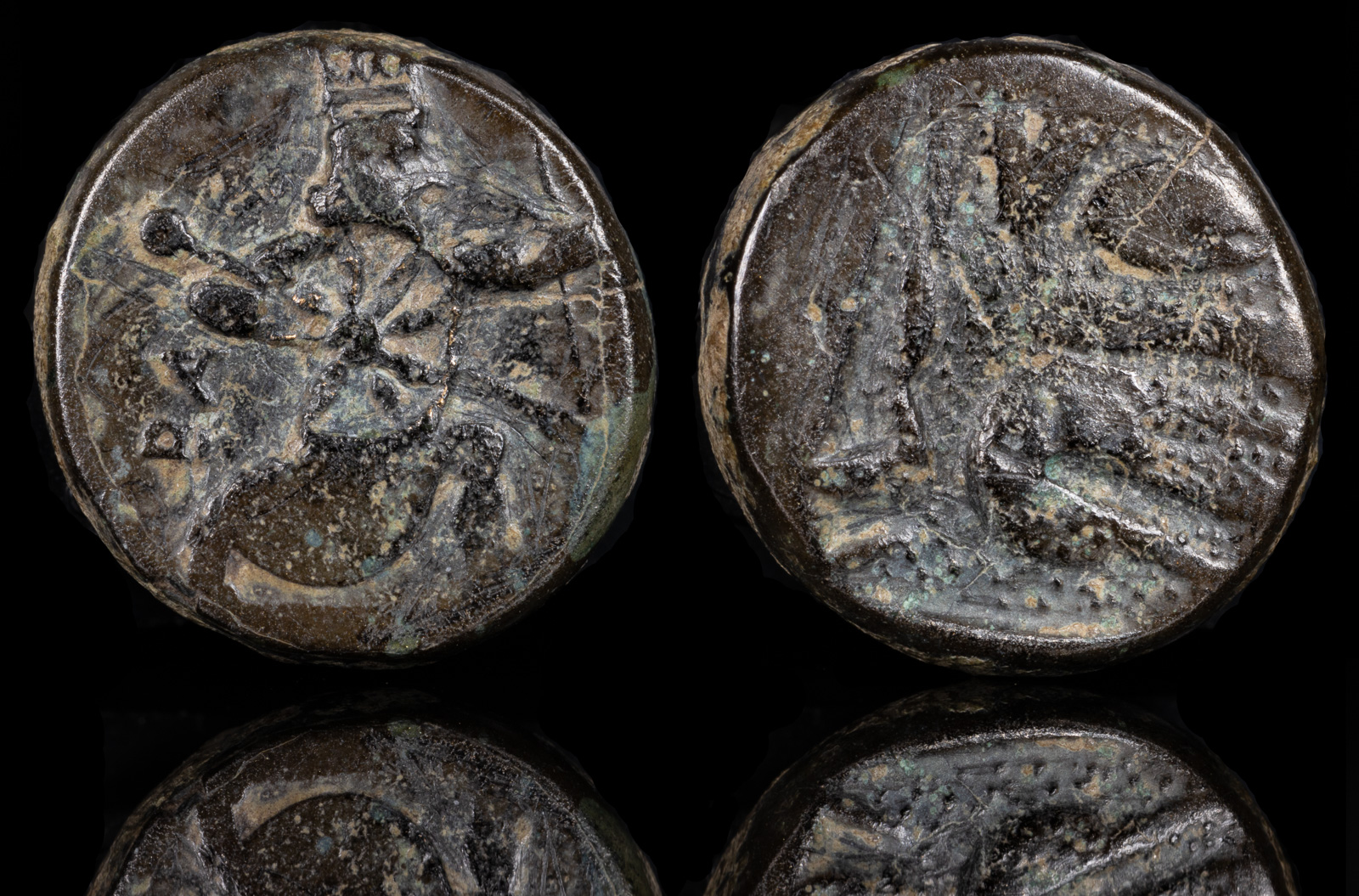Kidaris
View All Tags
The kidaris was particularly prominent among the elite of the Achaemenid Empire. Kings, satraps, and high-ranking officials were frequently depicted wearing this distinctive headgear in art and reliefs, such as those at Persepolis. The hat’s height and form symbolized authority and distinction, helping to set these figures apart from ordinary citizens or soldiers. The kidaris became a visual shorthand for Persian identity in the ancient world, and Greek sources often referenced it when describing Persian leaders, reinforcing its association with power and prestige.
In addition to its symbolic significance, the kidaris had practical applications. Its tall, insulating design provided protection against the elements, such as the intense sun of the Persian heartlands or the cold winds of high-altitude regions. Variations in the hat’s materials and adornments likely reflected its wearer’s status and the occasion, with more ornate versions reserved for ceremonial purposes and simpler ones for everyday use.

Persia, Achaemenid Empire, temp. Artaxerxes III to Darios III
c. 350-333 BCE
AE 11mm, 2.39g
Uncertain mint in western Asia Minor (Ionia or Sardes?). Persian king, wearing kidaris and kandys, in kneeling-running stance r., holding spear in r. hand, bow in l.; c/m: eight-rayed star within incuse circle. R/ Incuse rectangle, containing pattern possibly depicting relief map of the hinterland of Ephesos.
Johnston, Earliest, Æ 4; Mildenberg, Münzwesen pp. 25-26 and pl. XIII, 112; BMC (Ionia) p. 34, 7.
Ex London Ancient Coins